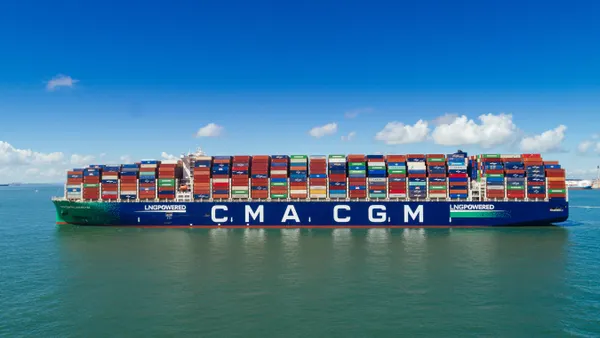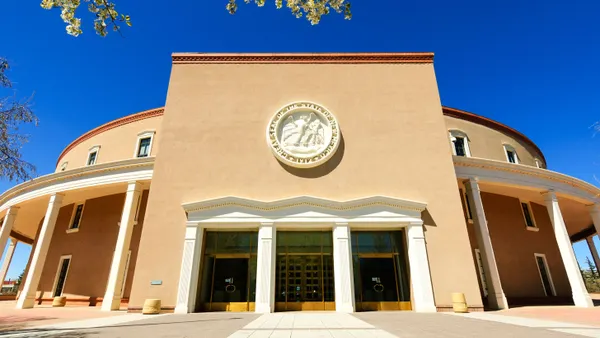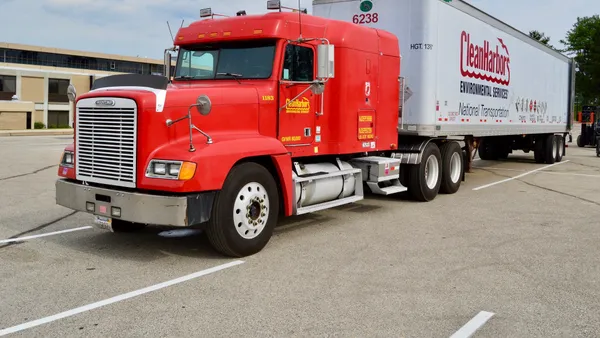Dive Brief:
- Three Minnesota environmental activist groups — the state's chapter of the Sierra Club, Neighborhoods Organizing for Change, and Minnesota Public Interest Research Group — are collectively exerting efforts to close Minneapolis' Hennepin Energy Recovery Center (HERC), a waste-to-energy facility, due to concerns about its impact on the environment.
- Despite these concerns, the state values its waste-to-energy infrastructure, which has been emphasized by two recent decisions. First, the Minnesota Public Utilities Commission supported Xcel Energy in spending $2 million of its renewable development fund on equipment for a refuse derived fuel (RDF) plant in the city of Red Wing. Second, Ramsey and Washington Counties announced they would purchase the Resource Recovery Technologies RDF plant in Newport for $24.4 million.
- The environmental groups may have a hard time shutting down HERC due to Minnesota's efforts to move away from landfills and toward more advanced technologies (such as WTE). However the Ramsey-Washington collaboration and Xcel both do not mention further plans of purchasing or building more WTE plants, which may be a sign of hope for the groups.
Dive Insight:
With its nine WTE plants, Minnesota has more facilities of this type than the rest of the Midwest combined, and they generate enough electricity to power 100,000 homes.
That's a tremendous amount of renewable energy, but still there are trash-burning arguments on either side of the fence. With regard to incineration's impact on recycling—a main debate in the two Minnesota scenarios—some argue that incineration is a chance to salvage recyclables that haulers dispose of. The Red Wing operation captures copper, steel, plastics, and other materials before shredding what’s left to be burned.
Conversely, it could be argued that money invested in incineration is money taken away from recycling.
Environmentalist Alan Muller told Midwest Energy News, "It’s well demonstrated that at every stage of the municipal waste stream you can save far more energy by recycling than you can ever generate by burning it up."
However some countries, like Germany, are finding so much success in their incineration efforts that they're taking in more garbage from around the world to burn for electricity. Others look at incineration as a way to significantly extend a landfill’s life.
"People have to understand it is a renewable energy, and it may not be solar, it may not be wind, but it still provides a component of the portfolio. And this material is not going away," said Jeff Schneider, Red Wing’s director of Public Works, according to Midwest Energy News.
Zero waste proponents say garbage has no place in a renewable energy portfolio, much less to be considered a means to clean energy. They argue that incineration is the dirtiest and most expensive way to deal with trash. And it will likely be very expensive at the Red Wing and Newport sites, projects Neil Seldman at the Institute for Local Self-Reliance. He claims that when old incinerators need maintenance, 20% to 30% of trash they would otherwise handle gets landfilled.









